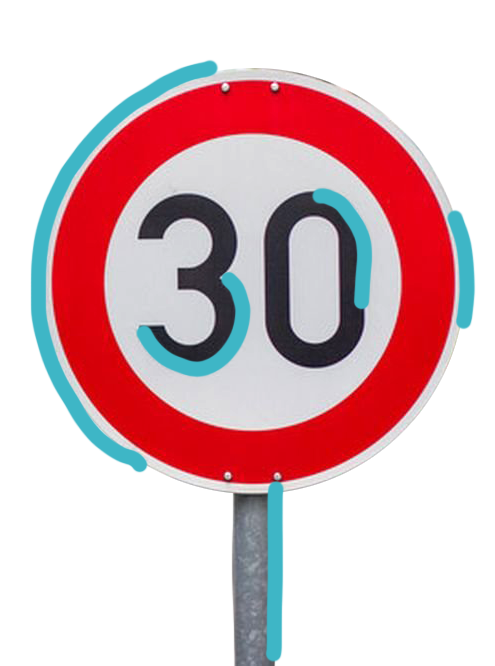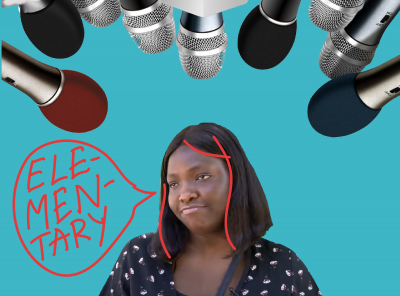Numbers in English

About course
How to write the date in English correctly. How to tell a phone number or address. How the flight number is announced. Mispronunciation of which numbers reveals you are a foreigner.
You will learn all these from booyya's number course. From the simplest moments to tricky ones. Pronunciation, spelling, conjugation. From zero to infinity.
Complete the course and become a pro in of the most important English topics.
-
Level: Beginner
-
40 minutes
- 4 lessons
-
12 tasks
-
Teacher's language: Ukrainian
Course program
4 LESSONS
LESSON 1
Saying numbers from 1 to 99
We study the most basic rules of numbers and do work assignments.
LESSON 2
Hundreds and thousands
We learn the rules of forming hundreds and thousands and their exceptions. Exercises.
LESSON 3
Saying phone numbers
Phone numbers. We learn to pronounce. Tasks with audio.
LESSON 4
Saying dates
We say and write dates. Rules and exceptions.
Test
A test to check the material covered
Who is this course for
For those who have just started learning English and do not know all the nuances of numbers.
For those who have already gone through this topic but still make mistakes.
For those who do not know how to record dates, dictate a phone number or tell prices.
And there is no doubt that this course can serve as ready-made material for teachers.
What will you get after the course
You will learn how to write and pronounce numbers correctly, deal with dates, and addresses, and be able to recognize different numbers by ear quickly.
-
Level: Beginner
-
40 minutes
- 4 lessons
-
12 tasks
-
Teacher's language: Ukrainian
Learning the alphabet and numbers in English is the first step in mastering this foreign language. We've prepared life hacks that will help you not only master counting, but also learn how to use them correctly. Additionally, we'll cover ordinal numbers, fractions, and even addresses. Plus, we'll introduce a new course on the Booyya platform!
Learning numbers in English and how to use them
The first twelve don’t follow a specific pattern. This happens because the British once used dozens to count. But otherwise, the formation of numbers in English is a bit like Ukrainian (like many other languages). To help you understand this logic, we have prepared information about them in the table below:
|
Formation |
Examples |
|
|
The first dozen |
These digits don't have a specific structure – they are just words that you need to remember. This is the basis for understanding the structures. |
One, two, three, four, five, six, seven, eight, nine, ten, eleven, twelve |
|
From 13 to 19 |
They are constructed by using the suffix “teen” with the digit. However, some ones may change – look at the next column for examples. |
The standard construction of a two-digit number:
Numbers whose spellings change:
|
|
Tens |
Formed by adding the suffix “ty” to a simple digit. Again, there is a standard construction and a few exceptions, which you can see in the examples column. |
Standard construction:
Exceptions:
|
|
Two-digit numbers from 20 onwards |
To form two-digit ones, you need to add the appropriate digit to the tens. In writing, you need to put a hyphen between them. |
|
|
Hundreds |
Constructed by using the required digit and the word “hundred”. |
|
Numbers in English as ordinal numerals
To count the order of objects or people, we can’t simply use ones we already know. This is where ordinal numerals come in handy, such as “the first”, “the second”, and “the third”. By the way, these three numerals are exceptions, so these words you just need to remember.
All other ordinal numerals have the same construction: we add the ending -th to the digit or the number we need in a foreign language. This is how it looks like:
-
the fourth;
-
the sixteenth;
-
the eighty-eighth.
Tens ending in -y change to -ie when forming an ordinal numeral, after which you just need to add -th:
-
fortieth;
-
fiftieth;
-
ninetieth.
Also note that ordinal numerals must be preceded by the article “the”.
Numbers as fractions
First, let's recall a little bit of math. An example of a fraction is 2/4, where two is the numerator and four is the denominator. If we need to name the numerator, we just need to use a quantitative numeral. But to name the denominator, we need to know how to form ordinal numerals. Here's an example: 1/5 – one fifth.
However, if our fraction has a digit greater than one in the numerator, the denominator must be prefixed with the -s ending, which indicates plurality: 3/9 – three ninths.
To name fractions, we don't always need to know the actual numbers. The fraction 1/2 is also called “half”; 1/3 is called “third”; 1/4 is called “a quarter”.
How to write the short form of numbers in English
Numbers are not usually abbreviated. But ordinal numerals do. For this purpose, we need to use it and put the ending we have already memorized next to it: 1st, 2nd, 3rd. All other ones are handled in the same way: 4th, 5th, 6th.
English numbers in addresses
Quantitative numerals are usually used to indicate addresses, unless the name of the street or square contains a number (for example, Fifth Avenue – here we see an ordinal numeral). However, when writing them in an address, you should put the house number in the first place, then the street name, and finally the apartment one: 3, Deribasovskaya Street, Apt. 30.
How to learn all this topic in four lessons?
We've only covered a small part of the rules and peculiarities of this topic. To learn even more useful information, we have prepared a short and informative course for you.
This course consists of four lessons that will gradually teach you how to count from one to thousands, and help you to understand phone numbers and dates. The entire course is designed for beginners, so the language of instruction is Ukrainian. Each lesson will take about 40 minutes. You will also have interesting interactive exercises to consolidate your knowledge. So after four lessons, you'll be able to count confidently without a hitch – Booyya guarantees results!
- access to all 209 English courses on the platform, except for the English PRO series
- 2 - 4 new courses every month
- exclusive access to SUBSCRIPTION ONLY courses
- access to the Smarte+ - smart online tool for English practice
- unlimited studying for the selected period
- access to self-study English plans















